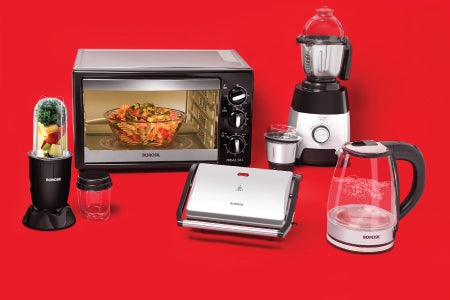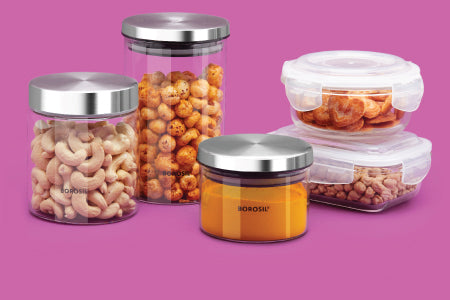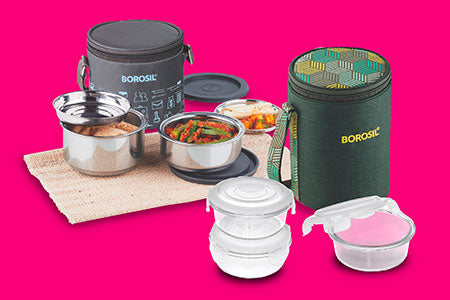
How to select the best stainless steel cookware for your kitchen
Picking out cookware can be exhausting. Too many options and too little information. Eye-wateringly expensive or suspiciously cheap. Which is why we put together this quick guide to make the process easier for you.
Here’s what to keep an eye out for:
Construct
Good cookware, it has been established, should retain heat and distribute it evenly too. If you’re thinking this is a bit of a have your cake and eat it too situation, you’re not entirely wrong. Usually a metal like aluminum or pure stainless steel, all by itself, will either not retain and distribute heat evenly or be prone to spotting, which happens when a vessel heats unevenly.
Fortunately technology has made it possible (to have your cake & eat it too) by way of fully clad stainless steel cookware. Now what this means is that the cookware will be constructed of several metals, usually 3 or 5, that have been sandwiched together using impact bonded technology. This type of cookware is also commonly known as tri-ply or five-ply cookware. Good stainless steel tri-ply or five-ply cookware will have at its core a metal, which is a good conductor of heat – usually aluminum. This helps the cookware to heat quickly, retain heat and distribute it evenly. The use of impact bonded technology also makes the cookware more durable.
Takeaway: Opt for stainless steel cookware that at least has a tri-ply or five-ply bottom if not the whole vessel itself so that you get more for less - the benefits of a well-built, good quality cookware at a wallet-happy price.
Cooking surface
The surface that comes into contact with the food you’re cooking is incredibly important. It determines how likely food will be to stick to the and how difficult will it be to clean. Stainless steel cookware scores over other cooking ranges here because it is highly durable, does not scratch, dent or spot which also help to keep its good looks intact.
Takeaway: Opt for tri-ply or five-ply cookware that has a stick-resistant cooking surface.
Handle
The long and short of it is that you’ll want one that helps you to handle the vessel easily, has enough surface area for a sturdy grip and stays cool so that you don’t get finger burns. Handles come in the following types:
1. Riveted - A riveted handle is permanent and extremely sturdy. It's applied through the cookware, so it is permanently attached and never needs tightening. Pans with rivets need to be properly cleaned to prevent food buildup around the interior rivet.
2. Welded or screwed On - These handles are applied to the outside of the cookware with either a heating technique or a screw. These are not as sturdy as riveted handles; however, they do provide a smooth interior surface.
3. Cool V - Cool V construction, also known as an arch vent handle, is a hollowed out and rolled handle design that disperses heat and enables handles to stay relatively cool during cooking. Stainless steel is often the material for these handles because it's a poor conductor of heat.
Takeaway: Opt for cookware with ergonomic handles so handling it both off and on the stove is easy.
Compatibility
Your cookware should work for you and not the other way round. This means it should be compatible with the following:
Cooking Medium: Gas, induction, hot plate, halogen, it should be able to function on all surfaces or at least two of the aforementioned.
All ingredients: Ensure the cooking surface is non-reactive (most stainless steel cookware is) and can be used to cook any and all types of food.
Cleaning Medium: While hand washing utensils in India still remains a common practice, opting for cookware that is also dishwasher safe ensures that should you in the future use a dishwasher, you will not have to shop for an entire cooking range again.
The pieces
For you to shop more efficiently we recommend opting for the following pieces first.
Fry pan |
A kitchen essential, fry pans are perfect for sautéing vegetables, making eggs, pancakes etc. |
Sauce pan |
From making chai to heating milk and simmering sauces – this kitchen workhorse finds a permanent place on any kitchen shelf. |
Kadhai |
No Indian kitchen can do without one. Need a good and sturdy one for frying puris, samosas, pakodas, etc. |
Handi Casserole |
A can’t-do-without item. You need one for curries, biryanis and dals that require long hours of simmering. |
Happy pickings!






















